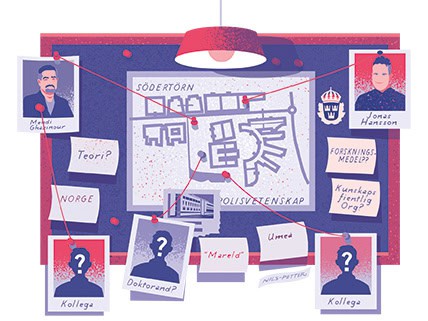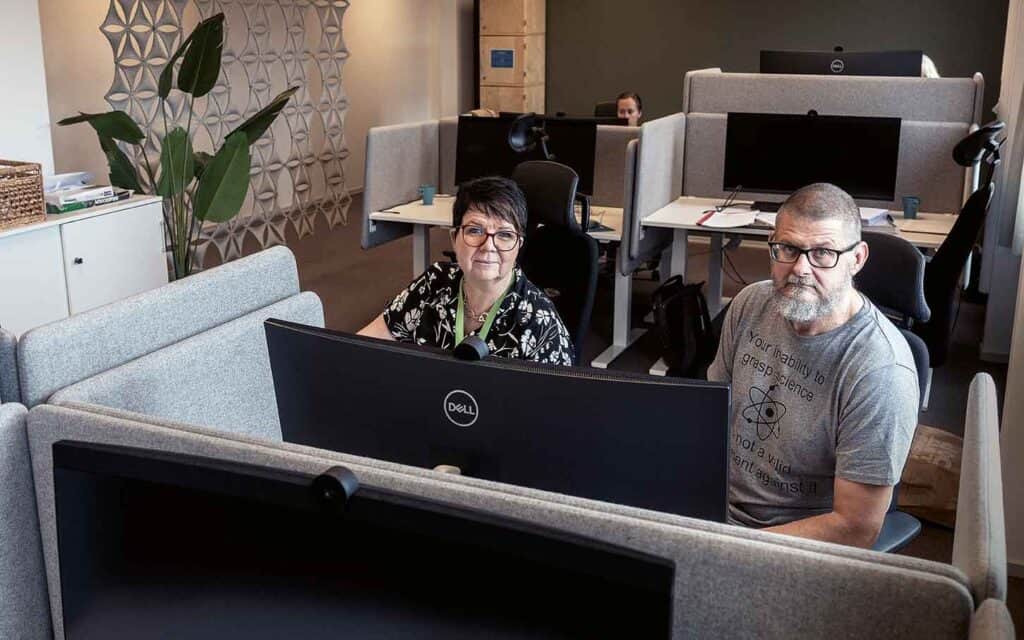Sending a work email in the evening may make you feel good, but what does it do to the recipient?
“One person’s digital work strategy can be someone else’s work environment,” says Kristina Palm, a professor of working life science at Karlstad University.
Together with her colleagues, she has studied how both employees and managers use digital technology to manage the boundary between work and private life. They have found that people have different wishes and capabilities to maintain boundaries when it comes to digital communication.
Palm feels that many universities could work more collectively with digital boundaries.
“Hybrid work makes it even more extreme. To what extent are we available, and should we try to avoid contact in the evenings and at weekends?”
She suggests that it could be beneficial to set days on which the entire work group is at the workplace; that three such days a week can help to foster a better climate of cooperation. And that younger colleagues may have an even greater need to meet face to face than older and more experienced people.
Palm has also reflected on how she deals with her email inbox in different ways, depending on what it contains.
“When I had a management position, I found that my mailbox could fill up with emails that were quite heavy. In those days, my strategy was to compartmentalise. I preferred to stay at work until I was done. Now that I am not a manager anymore, it feels okay to look at emails in my private time and in my private sphere.”
Digitalisation has also led to increased digital aggression, from unpleasant emails to explicit pressure.
Rebecka Cowen Forssell has been researching cyberbullying and digital aggression at Malmö University for many years. Together with her colleagues, she has developed a toolkit to help schools deal with it.
It is aimed at primary and secondary schools, but some of the results can also be applied to the work of university teachers, such as dealing with aggressively worded emails from students or the public.
“There is a subjective dimension to what people perceive as unpleasant or what constitutes an attack. We regard many of these emails as attempts to negotiate, for example when it comes to mails about grades.”
She points out that it is possible to express more controlled arguments using the asynchronous communication of email exchanges. “You can also refer to policies and laws, use language that is appropriate to your purpose and position yourself in the emails in different ways.”
At the same time, other elements can be lost.
“In faceless communication, when we do not have access to physical codes such as body language and facial expressions, it becomes more difficult to develop feelings of empathy for the other person. Without this information, it is also more difficult to correct mistakes and misunderstandings and to ask the right follow-up questions.”
The studies show that many people avoid talking about digital aggression for fear of appearing weak. Junior teachers are most at risk, while experienced teachers are often more confident in their role.
“Many teachers are left quite alone to deal with it,” says Rebecka Cowen Forsell. “It should really be dealt with at organisational level, with policies, procedures and consensus,”
How to deal with digital aggression
Start keeping a record of the problem at the workplace. Include both serious incidents and low-intensity aggression that can become a burden over time.
Consider introducing policies on digital communication, including social media use.
Develop procedures to deal with issues as they occur. It is often difficult to act in an effective and constructive way when the situation has already arisen.
Source: Rebecka Cowen Forsell















